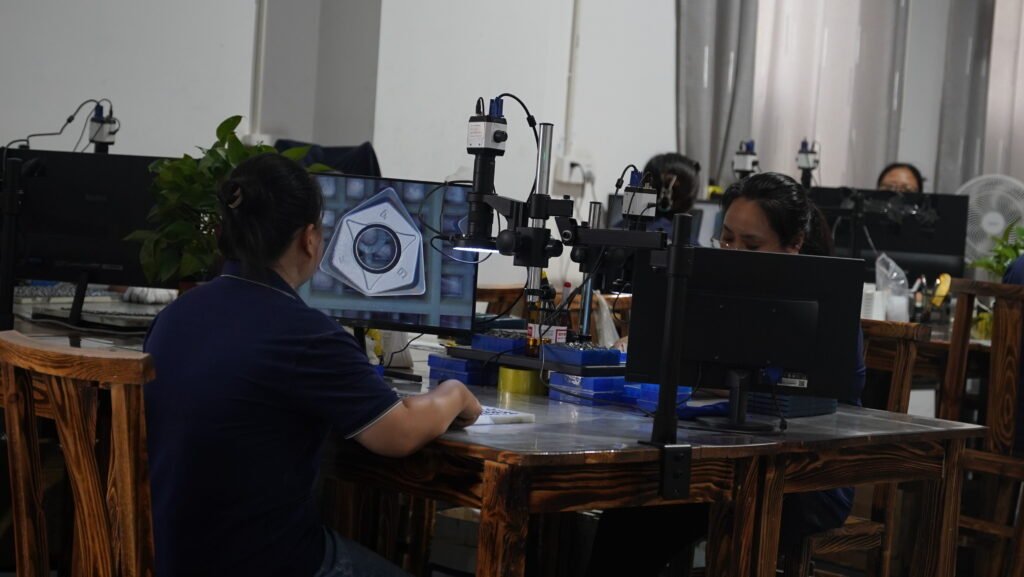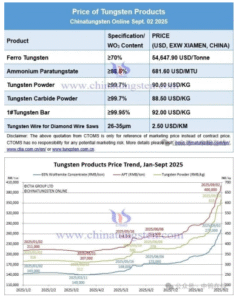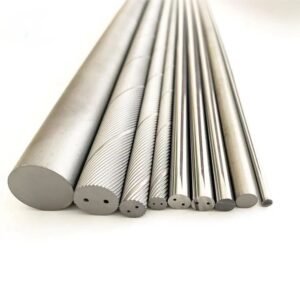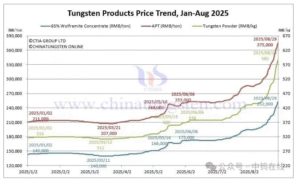Pain Point: Low-quality carbide inserts lead to reduced precision, poor tool life, and high costs. Knowing and addressing the key quality factors of tungsten carbide inserts will help you get more life, efficiency, and cost savings.
The quality of tungsten carbide inserts depends on several factors, including the purity of the raw material, the precision of manufacturing, the coating method used, and the testing standards. Better inserts are made from 100% virgin carbide powder, are very hard, have accurate dimensions, and have advanced coatings.
Knowing these quality indicators will help you get better performance and tool life, especially when you’re cutting hard materials.

How Does Raw Material Quality Impact Carbide Inserts?
The purity and consistency of the raw material used have a direct impact on the performance of tungsten carbide inserts. Inserts made with 100% virgin carbide powder are much harder and last longer. Materials with lower purity or recycled carbide often contain impurities that make them softer and less durable. High-purity materials mean you get a consistent, high-quality insert that performs as intended. This means less tool wear, longer tool life, and better accuracy.

Why Is Manufacturing Precision Important for Carbide Inserts?
Precision during the manufacturing process is essential to ensure the dimensional accuracy and edge quality of carbide inserts. When you need to hold exact tolerances, every micrometer counts. Advanced machinery and expert engineering are required to get the tight dimensional tolerances necessary to make sure the inserts perform as intended. This precision also supports the insert’s ability to handle high-speed machining where stability and accuracy are critical.
How Do Coating Techniques Impact the Performance of Inserts?
Coatings like CVD (Chemical Vapor Deposition) and PVD (Physical Vapor Deposition) improve surface hardness, heat resistance, and reduce friction for carbide inserts. Different coatings provide specific benefits for different materials and cutting speeds. CVD coatings tend to be thicker, making them ideal for high-speed applications. PVD coatings are thinner and work well when you need more precision. Quality coatings will increase the life of the insert, improve cutting performance, and reduce the time required for tool changes.

What Role Does Testing and Quality Control Play in Carbide Insert Quality?
Testing ensures that each insert meets the performance standards you expect. Hardness testing, fracture resistance testing, and wear testing all help ensure that the inserts can handle the applications you need them to perform. Companies that follow strict quality control protocols will provide you with inserts that are consistently durable and accurate. Regular testing ensures that only the highest quality inserts make it to you and your customers, reducing the risk of premature tool failure and machining problems.

Why Is Tool Design and Geometry Important for Carbide Inserts?
The design and geometry of carbide inserts have a direct impact on the efficiency of cutting and the life of the tool. Different geometries are designed for specific materials or methods of machining. These different geometries will affect how the chips form, how heat gets dissipated, and how accurate the cut will be. Inserts designed for optimal chip flow will reduce friction, reduce tool wear, and give you a cleaner cut. This improved machining quality will make your life easier. Higher-quality manufacturers invest in research and development to create innovative designs for a wide range of applications.
How Does the Expertise and Experience of Your Supplier Impact Quality?
Zhuzhou Zhirong who has experience and expertise in carbide tooling will understand the specific requirements of various machining applications. Our factory with a track record of making carbide inserts will make tools that meet industry standards for hardness, durability, and performance. We will also provide technical support to help you select the right inserts for your applications, which will maximize your tool performance and your long-term satisfaction.
Knowing these factors will help you make sure you get the most life and accuracy from your carbide inserts.





